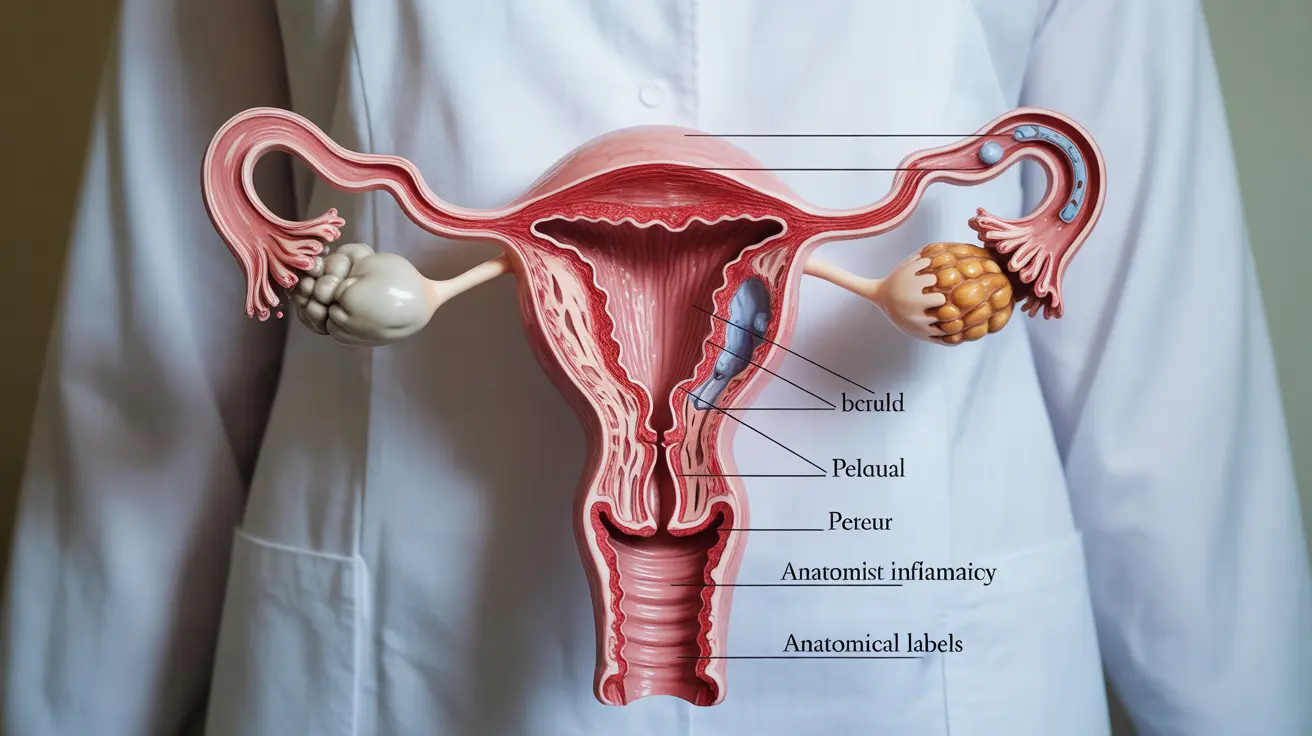Pelvic inflammatory disease (PID) is a serious infection affecting the female reproductive organs that requires prompt medical attention. This condition typically occurs when bacteria travel from the vagina or cervix into the upper reproductive tract, causing inflammation and potential complications if left untreated. Understanding the signs, getting timely diagnosis, and following proper treatment are crucial for protecting your reproductive health.
What is Pelvic Inflammatory Disease?
Pelvic inflammatory disease is an infection that primarily affects the uterus, fallopian tubes, and surrounding pelvic structures. Most cases develop as a complication of sexually transmitted infections (STIs), particularly chlamydia and gonorrhea, though other types of bacteria can also cause PID. The condition can develop gradually or suddenly, making awareness of early warning signs essential for proper treatment.
Recognizing the Signs and Symptoms
The symptoms of PID can vary significantly among individuals, ranging from mild to severe. Early detection is crucial for preventing long-term complications.
Common Symptoms
- Lower abdominal or pelvic pain
- Unusual vaginal discharge
- Pain during intercourse
- Irregular menstrual bleeding
- Fever and chills
- Pain during urination
- Lower back pain
When to Seek Medical Care
If you experience persistent pelvic pain or any combination of these symptoms, it's important to seek medical attention promptly. Early intervention can prevent serious complications and improve treatment outcomes.
Diagnosis Process
Healthcare providers use several methods to diagnose PID accurately. The process typically involves a comprehensive evaluation of symptoms, physical examination, and various diagnostic tests.
Common Diagnostic Tests
- Pelvic examination
- Laboratory tests for STIs
- Blood tests
- Ultrasound imaging
- Endometrial biopsy (in some cases)
Treatment Approaches
Treatment for PID typically involves a combination of antibiotics to address the underlying infection. The specific treatment plan depends on the severity of the infection and individual patient factors.
Standard Treatment Protocol
- Antibiotic therapy (usually a combination of medications)
- Rest and pain management
- Follow-up care to ensure infection clearance
- Partner treatment to prevent reinfection
Most patients can be treated on an outpatient basis, but severe cases may require hospitalization for intensive treatment and monitoring.
Prevention Strategies
Preventing PID involves practicing safe sex and maintaining good reproductive health. Key preventive measures include:
- Regular STI screening
- Consistent use of barrier contraception
- Prompt treatment of vaginal infections
- Regular gynecological check-ups
- Good hygiene practices
Long-term Outlook and Complications
While PID is treatable, it can lead to serious complications if not addressed promptly. Understanding potential long-term effects is important for emphasizing the need for early intervention and proper care.
Frequently Asked Questions
1. What are the common symptoms of pelvic inflammatory disease and how can I recognize them early? Early symptoms include lower abdominal pain, unusual vaginal discharge, pain during intercourse, and irregular menstrual bleeding. Any persistent pelvic pain or combination of these symptoms warrants medical attention.
2. How is pelvic inflammatory disease diagnosed and what tests are typically done? Diagnosis involves a physical examination, pelvic exam, STI testing, blood tests, and possibly imaging studies like ultrasound. Your healthcare provider will review your symptoms and medical history to make an accurate diagnosis.
3. What are the most effective treatments for pelvic inflammatory disease and how long does recovery usually take? Treatment typically involves a course of antibiotics lasting 14 days or more. Recovery time varies but most patients show improvement within a few days of starting antibiotics. Complete recovery may take several weeks, and follow-up care is essential.
4. Can pelvic inflammatory disease cause long-term complications like infertility or chronic pain? Yes, untreated PID can lead to serious complications including infertility, chronic pelvic pain, and increased risk of ectopic pregnancy. Early treatment significantly reduces the risk of these complications.
5. How can pelvic inflammatory disease be prevented, and what lifestyle or sexual health practices reduce the risk? Prevention strategies include practicing safe sex, using barrier contraception, getting regular STI screenings, seeking prompt treatment for infections, and maintaining regular gynecological check-ups.




